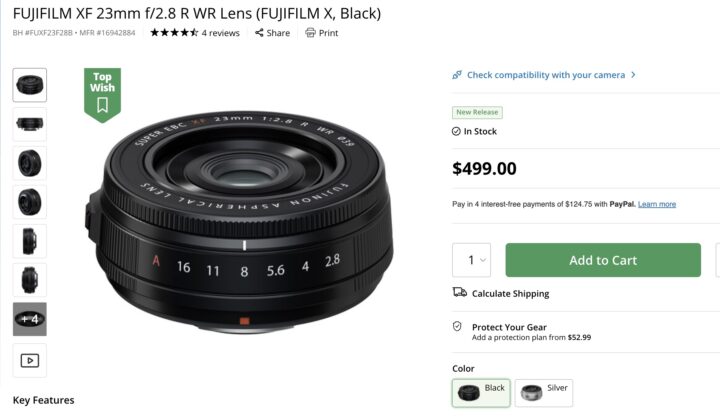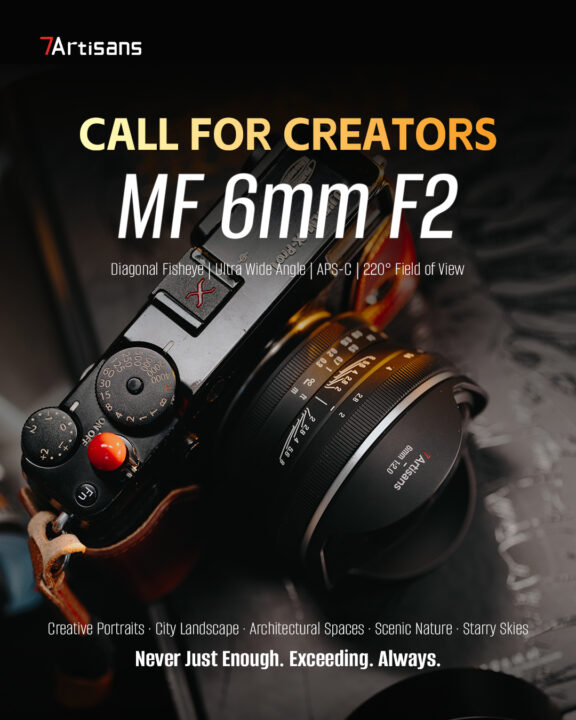Fujinon XF23mmF2.8 Review (ePZ): Compact Package, Fast Autofocus and Flagship Image Quality Coupled with X-E5
XF23mmF2.8
- Fujifilm X-E5 – IN STOCK NOW
BHphoto / Amazon US (black body/kit – silver body/kit) / Adorama / Moment / Nuzira / BestBuy/ Paul’s Photo - XF23mmF2.8 R WR – IN STOCK NOW
BHphoto / Amazon US (black – silver) / Adorama / Moment / Nuzira / BestBuy/ Paul’s Photo
When we covered the first reviews about the Fujinon XF23mmF2.8, it was right away clear that Fujifilm had created something very special.
And some reviewers like Luca Petralia had no doubt – this lens will become an instant classic!
Well, more reviews have dropped since then and they really seem to confirm that Fujifilm has nailed it!
Especially when coupled with smaller cameras like the Fujifilm X-E5, the XF23mmF2.8 is a wonderful performing lens in an overall very compact package.
ePhotoZine for example writes in their verdict and Pros and Cons here:
Pros
- Excellent sharpness levels
- Low distortion
- Low CA
- Fast, accurate AF
- Weather resistance
- Low flare
- Pleasant bokeh
- Excellent handling
- Excellent VFM
Cons
- Some vignetting
- Aperture ring lock only locks into A setting
Theri Verdict
Fujifilm optical quality plus compact pancake lens dimensions look like a real winning combination. We can trace back the compact pancake lens of around 35/40mm to almost every compact 35mm film camera of the 1960s onwards, although many were nowhere near as pancake like as this new Fujifilm offering and few if any approached the current levels of performance. Now we can enjoy the compact form factor but also the highest quality levels. The high standard from Fujifilm is there to be seen and the compact dimensions, especially when coupled to the compact X-E5, produce a package which is of compact camera dimensions but of full DSLR or mirrorless flagship quality.
All these sometimes elusive qualities come together in a fine lens, and one that can definitely be Highly Recommended.
- Fujifilm X-E5 – IN STOCK NOW
BHphoto / Amazon US (black body/kit – silver body/kit) / Adorama / Moment / Nuzira / BestBuy/ Paul’s Photo - XF23mmF2.8 R WR – IN STOCK NOW
BHphoto / Amazon US (black – silver) / Adorama / Moment / Nuzira / BestBuy/ Paul’s Photo
More Reviews
- digitalcameraworld – Fujifilm 23mm f/2.8 R WR review:





